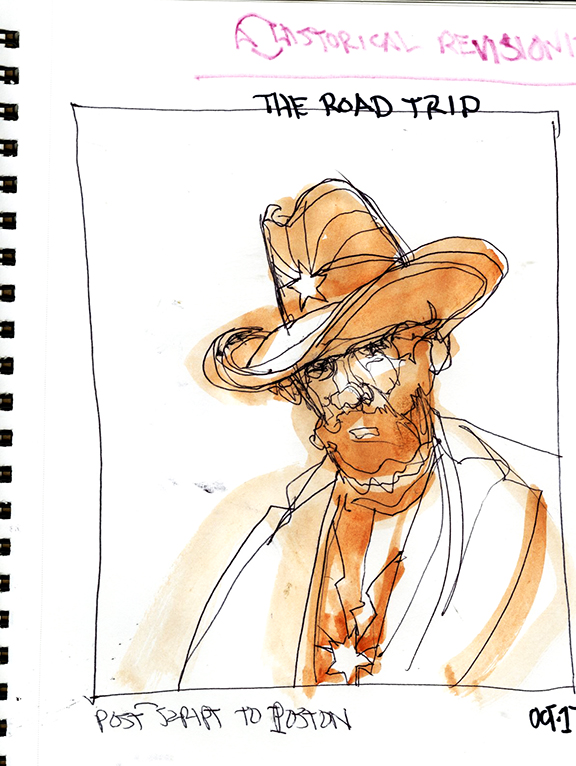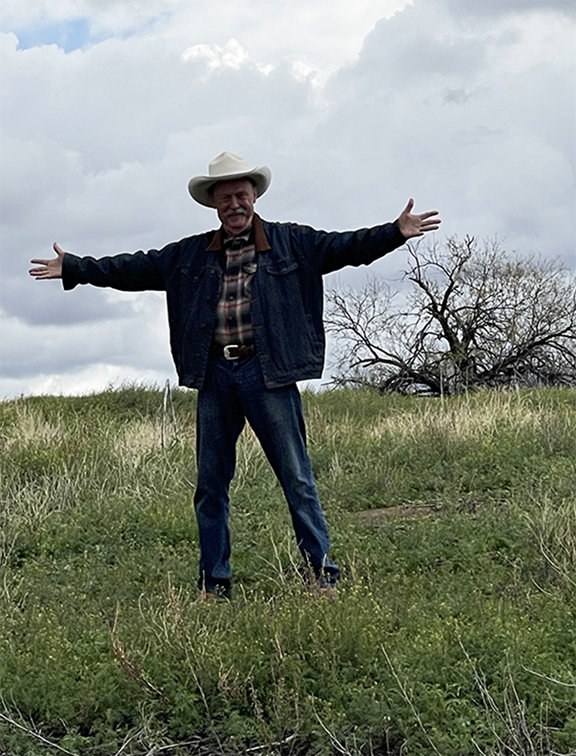September 7, 2024
There is an old art chestnut about first sketch-best sketch: meaning a rough first sketch often contains a more accurate take on what you thought you wanted to do, BEFORE you ruined everything with your damn pretensions of craft!
Guilty as charged, your honor. Exhibit A for the prosecution:
Daily Whip Out: "Rough Sketch of Poston"
Then, I got this text message:
"Dude, Not only does Charles D. Poston have a 14’ burial pyramid outside of Florence up on Poston Butte but he has two, yes two! places named for him in La Paz County (Poston and Poston 2) which housed Japanese internment camps (actually there were three camps.) Charlie’s name was on two of them. His family must be so proud. On a semi- related note there was an Italian POW camp built in Somerton south of Yuma. Quite appropriately it was later recycled as housing for braceros during that program. Not to be outdone, there’s a wide spot on the road outside of Show Low named Bell!"
—Greg Scott
A Rude Demise
Not long after the Apache-mesquite fight near the Canoa Ranch, Rude and the other American rancheros had to abandon the Santa Cruz Valley for safer climes, and Rude ended up along the Colorado River, about 40 miles north of Yuma where he established his Rancho de los Yumas and began farming and raising cattle. He allegedly did quite well for some time, but on April 29, 1870 he and his ranch foreman, Alex Poindexter, crossed the river to pay Indian woodchoppers and on the way back, their raft hit a snag and Rude drowned. The foreman claimed he clung to the raft and made it to safety. After Rude's death, rumors of hidden gold brought out the treasure hunters who picked at his walls and dug up the floors until only a shell of the house remained.
The account of the fight was first published in a book, "Across America and Asia," in 1869 by Raphael Pumpelly, a mining engineer who was in the small, five man posse led by Poston who encountered Rude at Retention after the fight.
Where Rude Made His Stand?







No comments:
Post a Comment
Post your comments